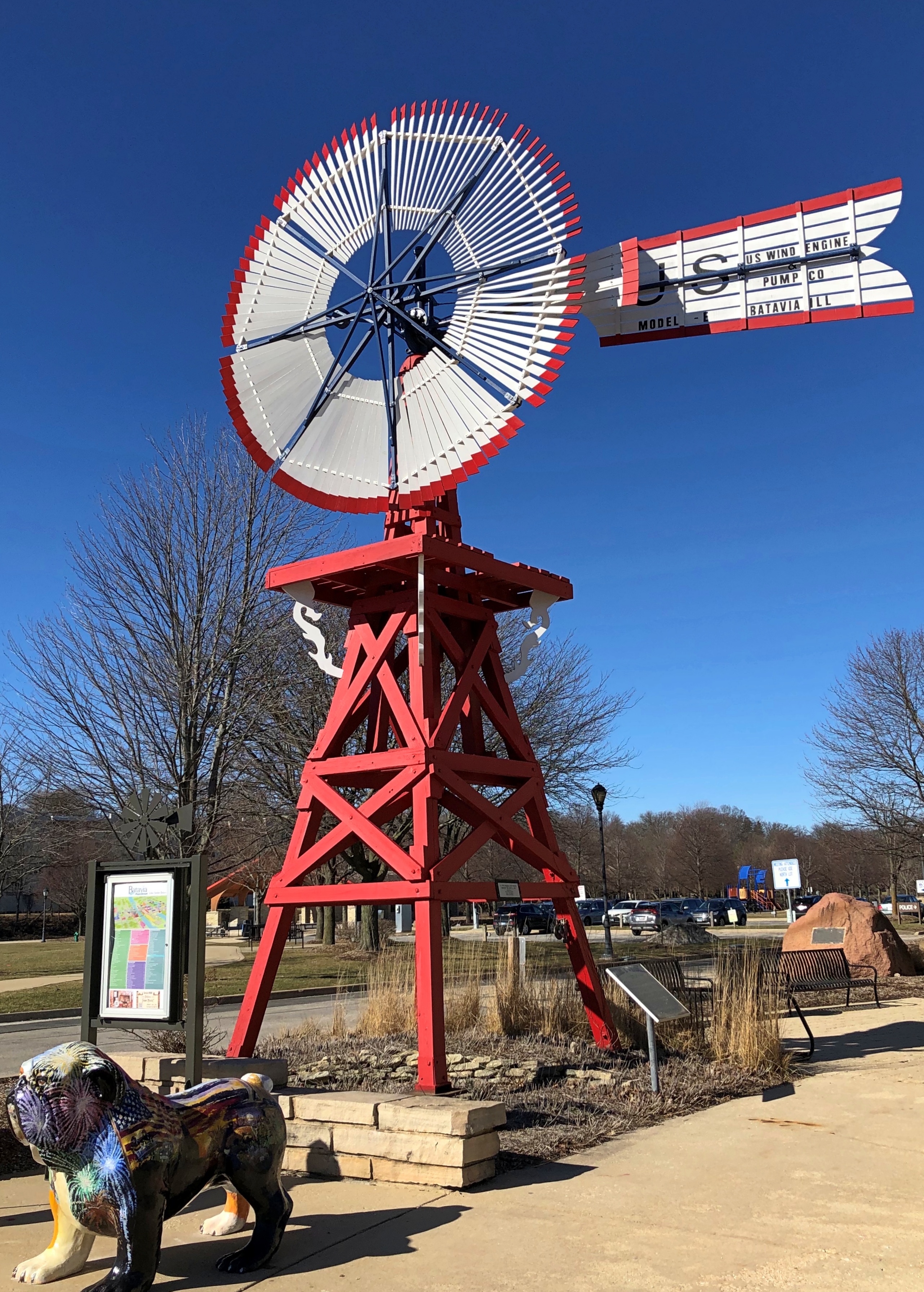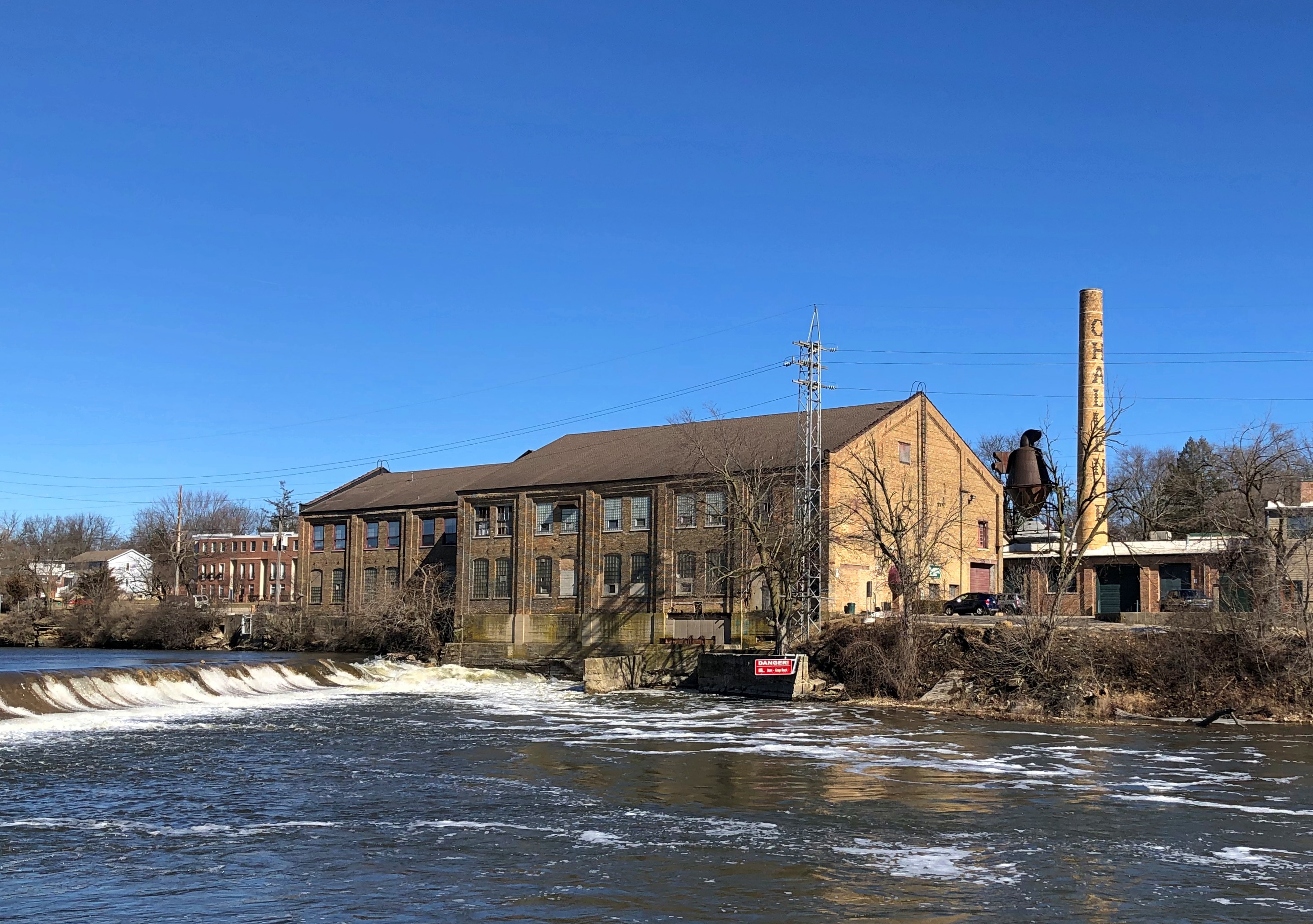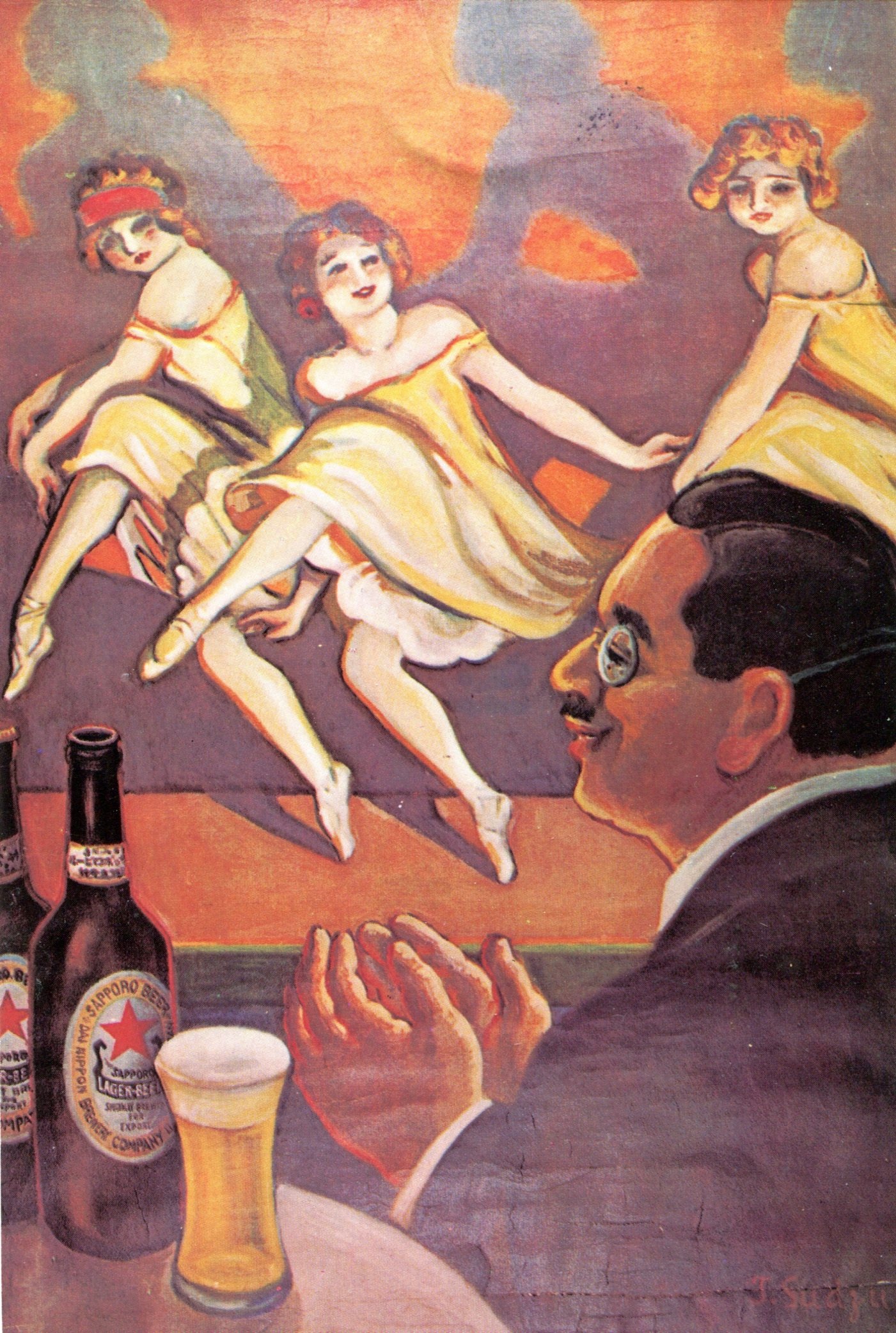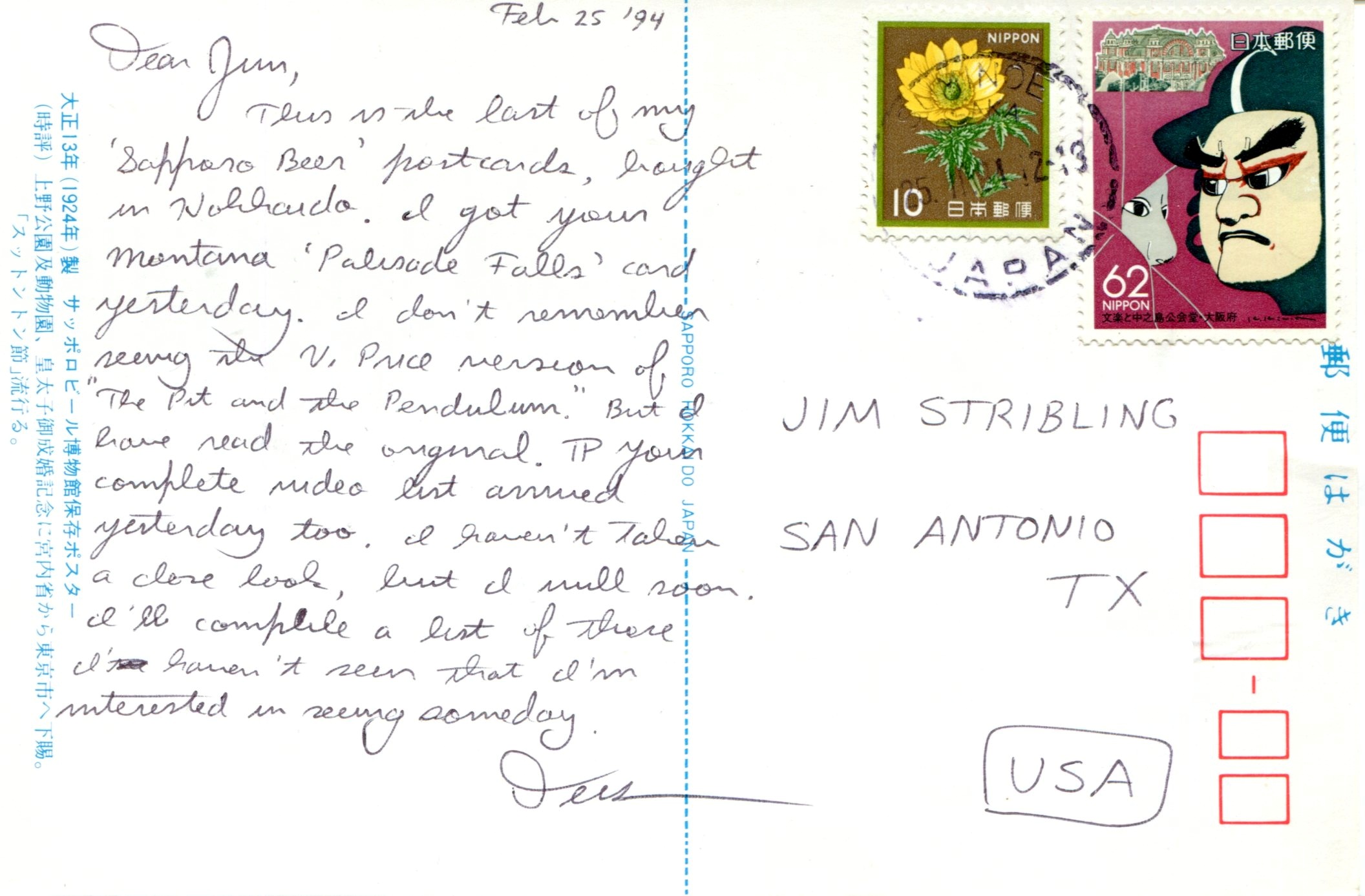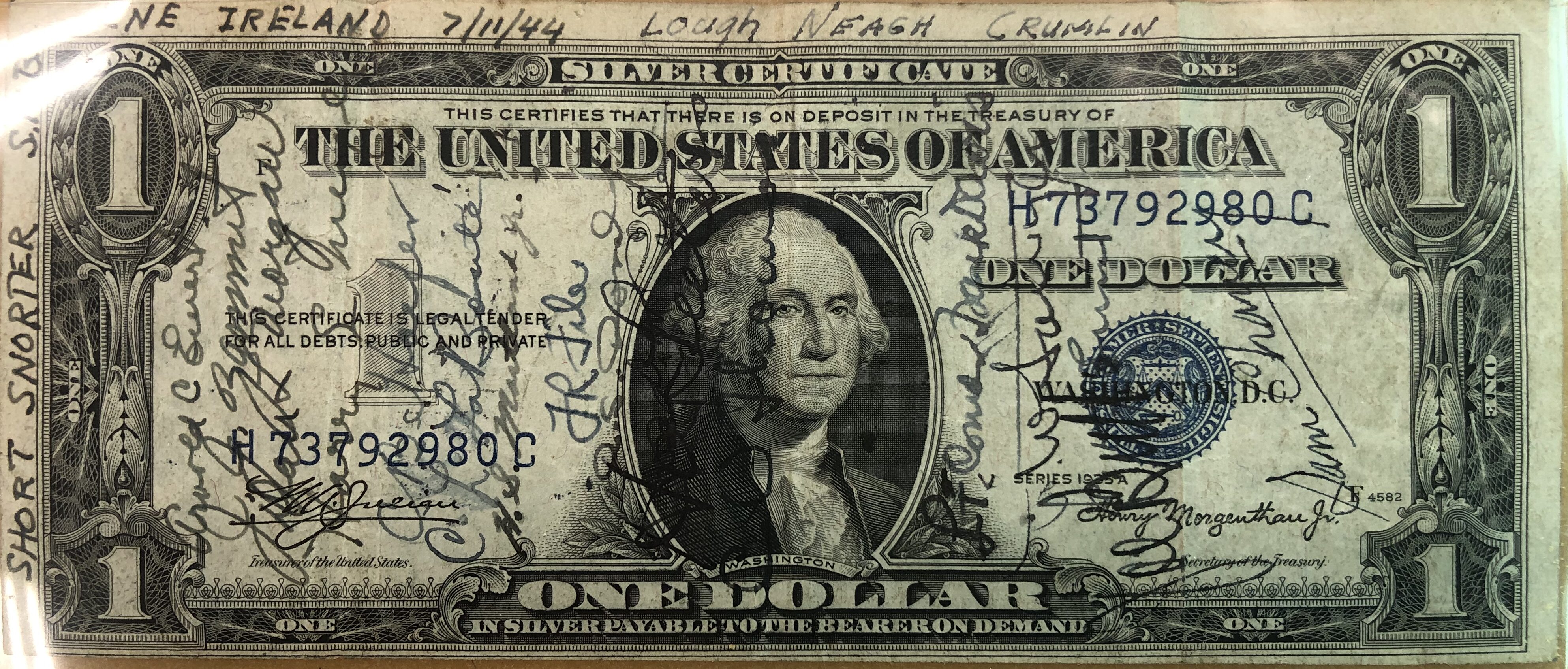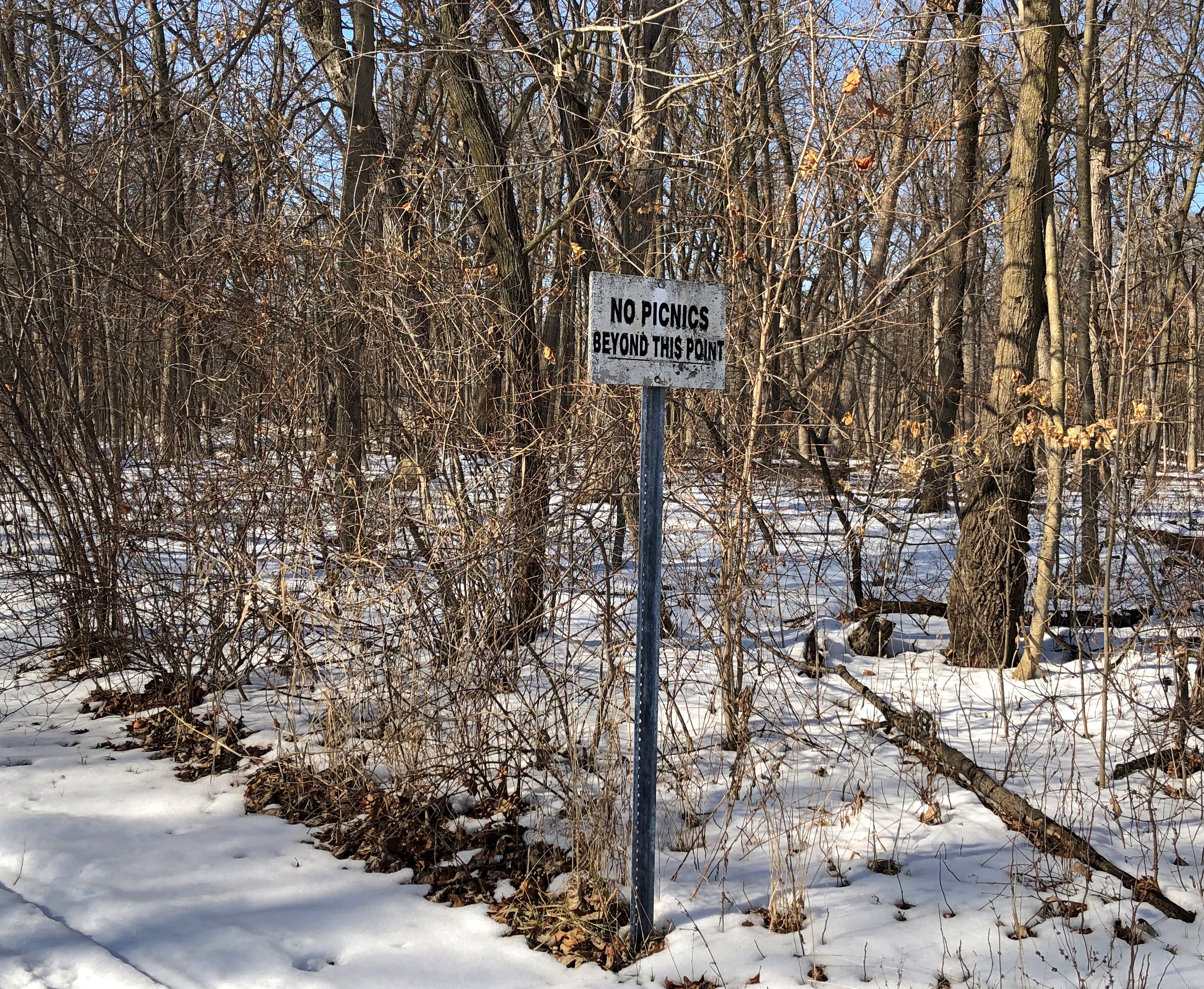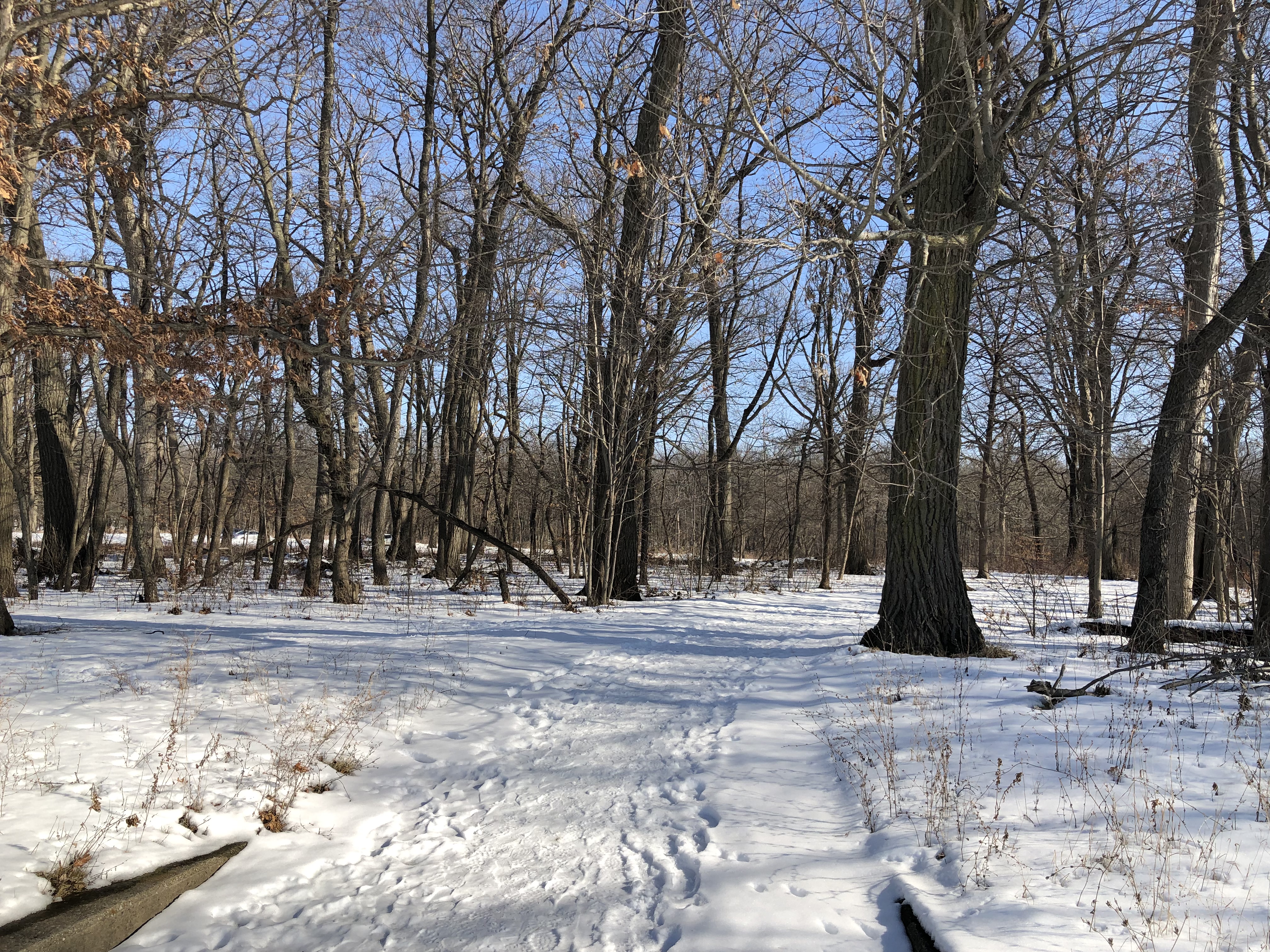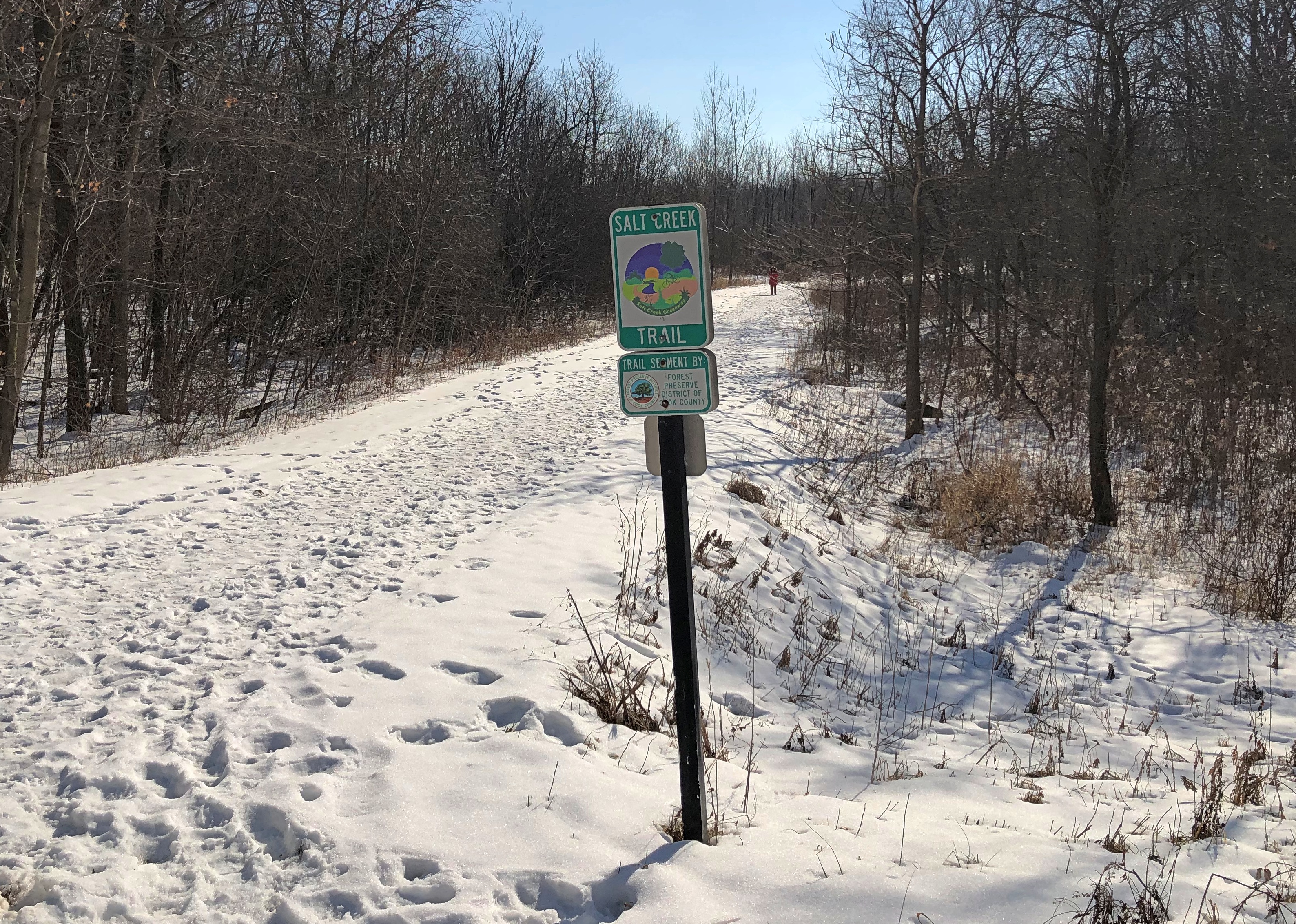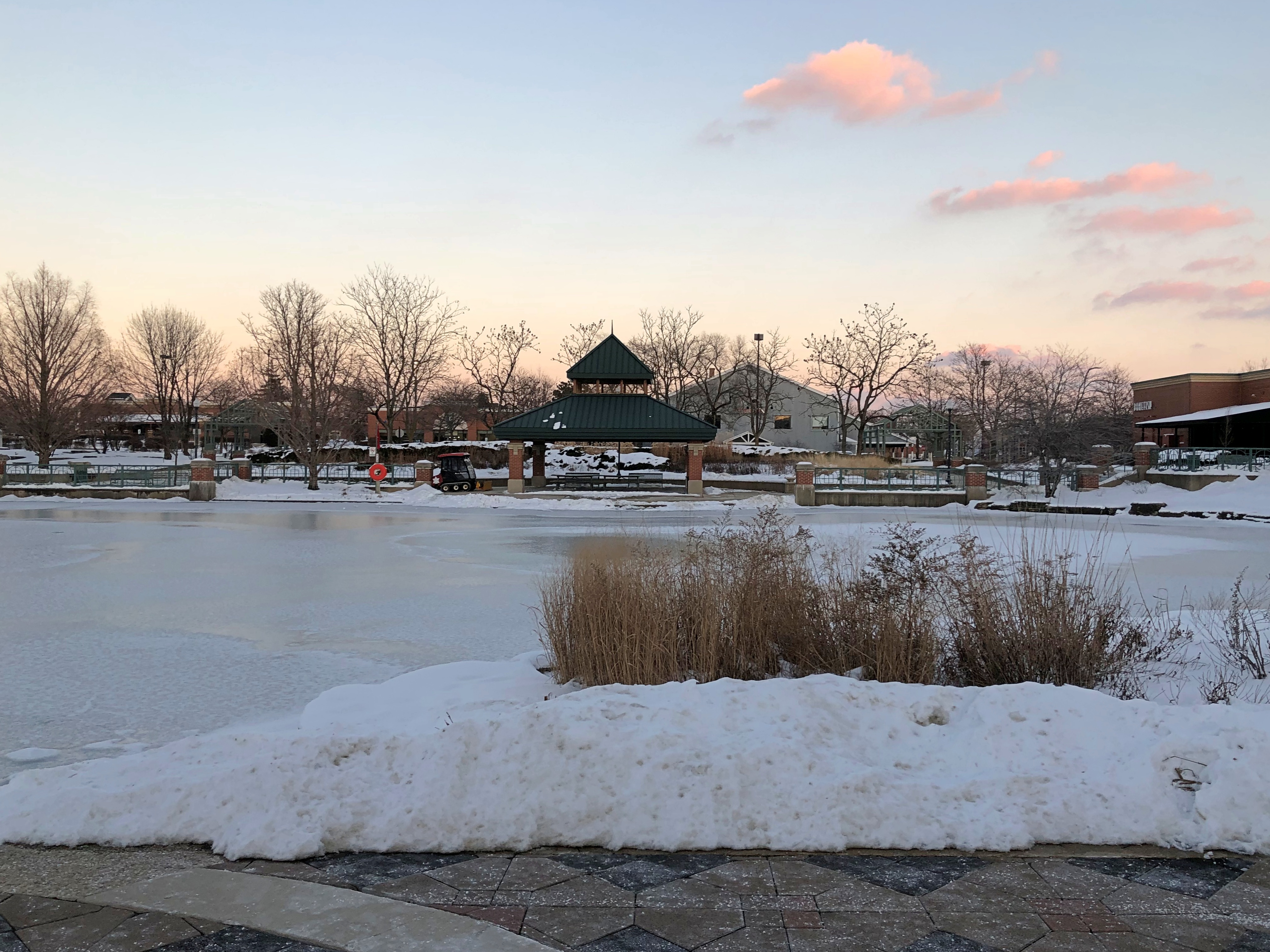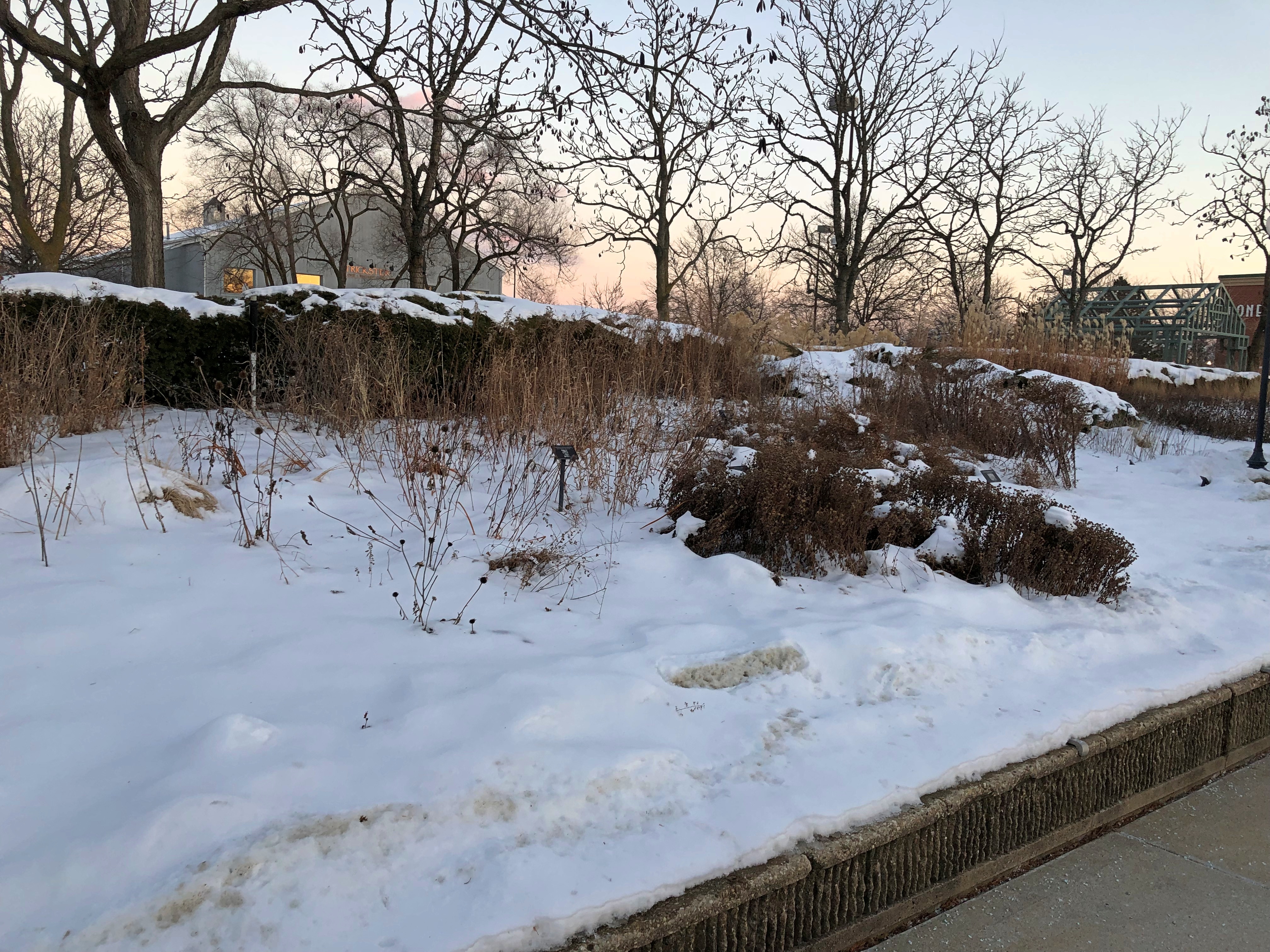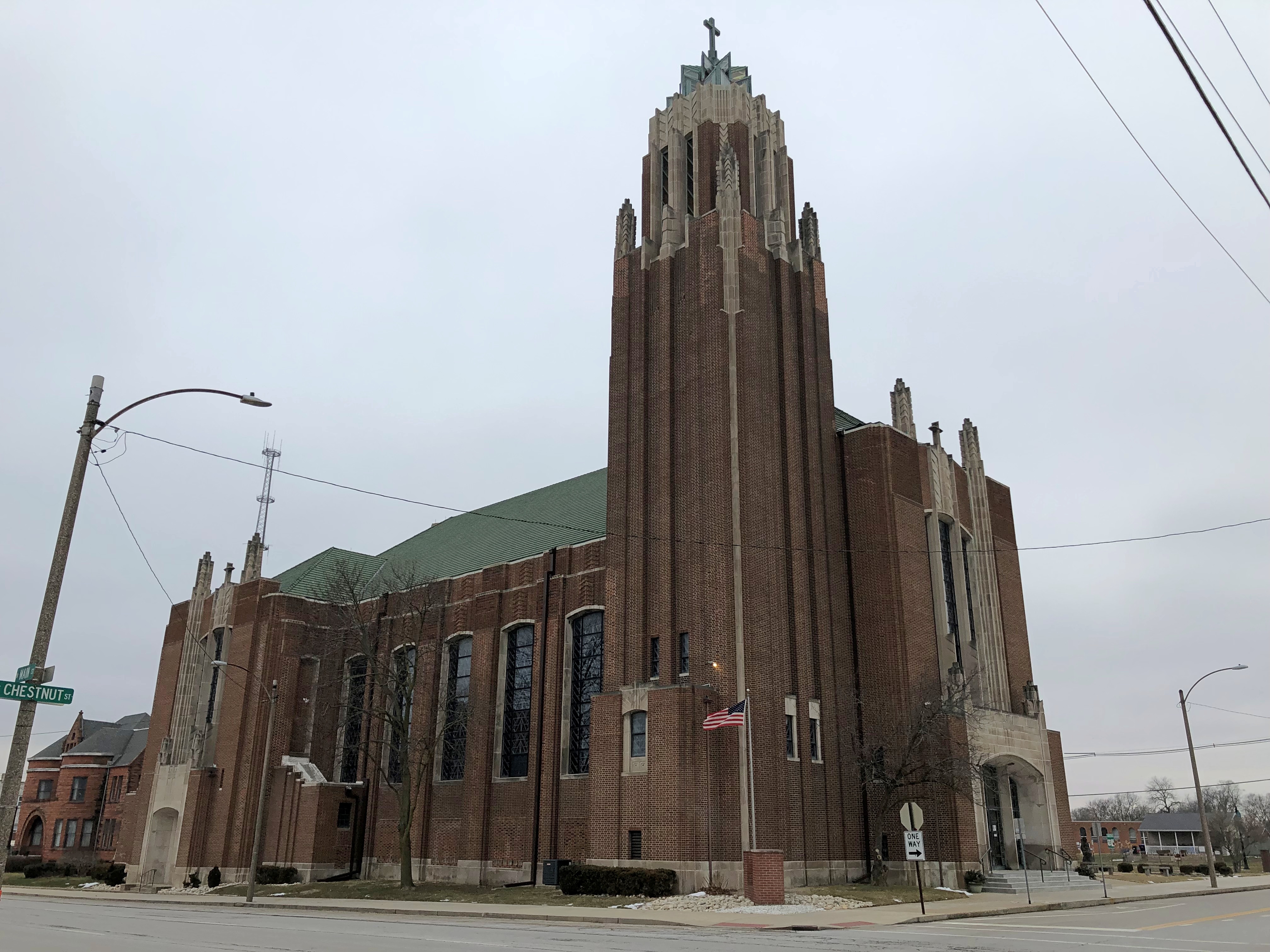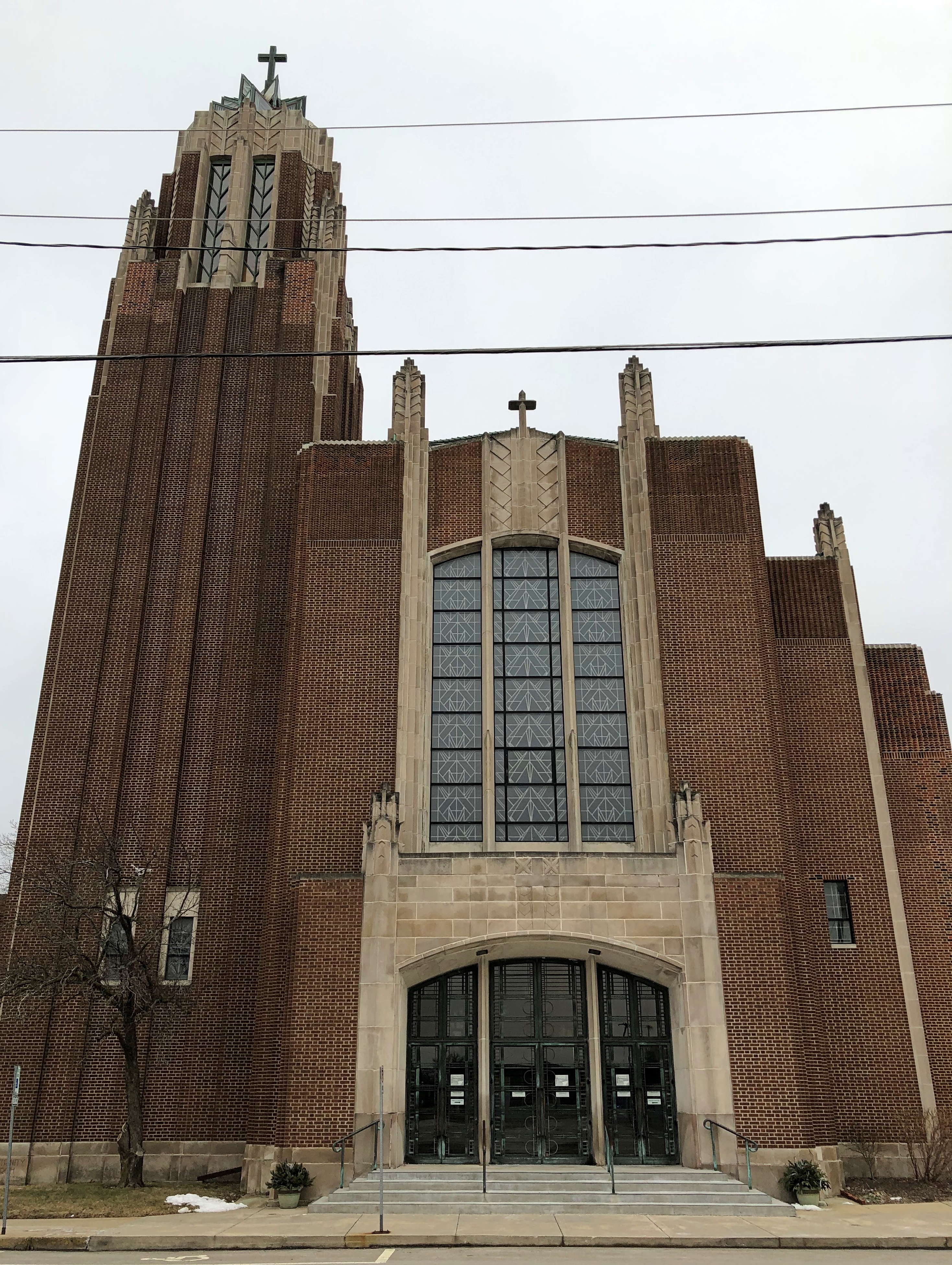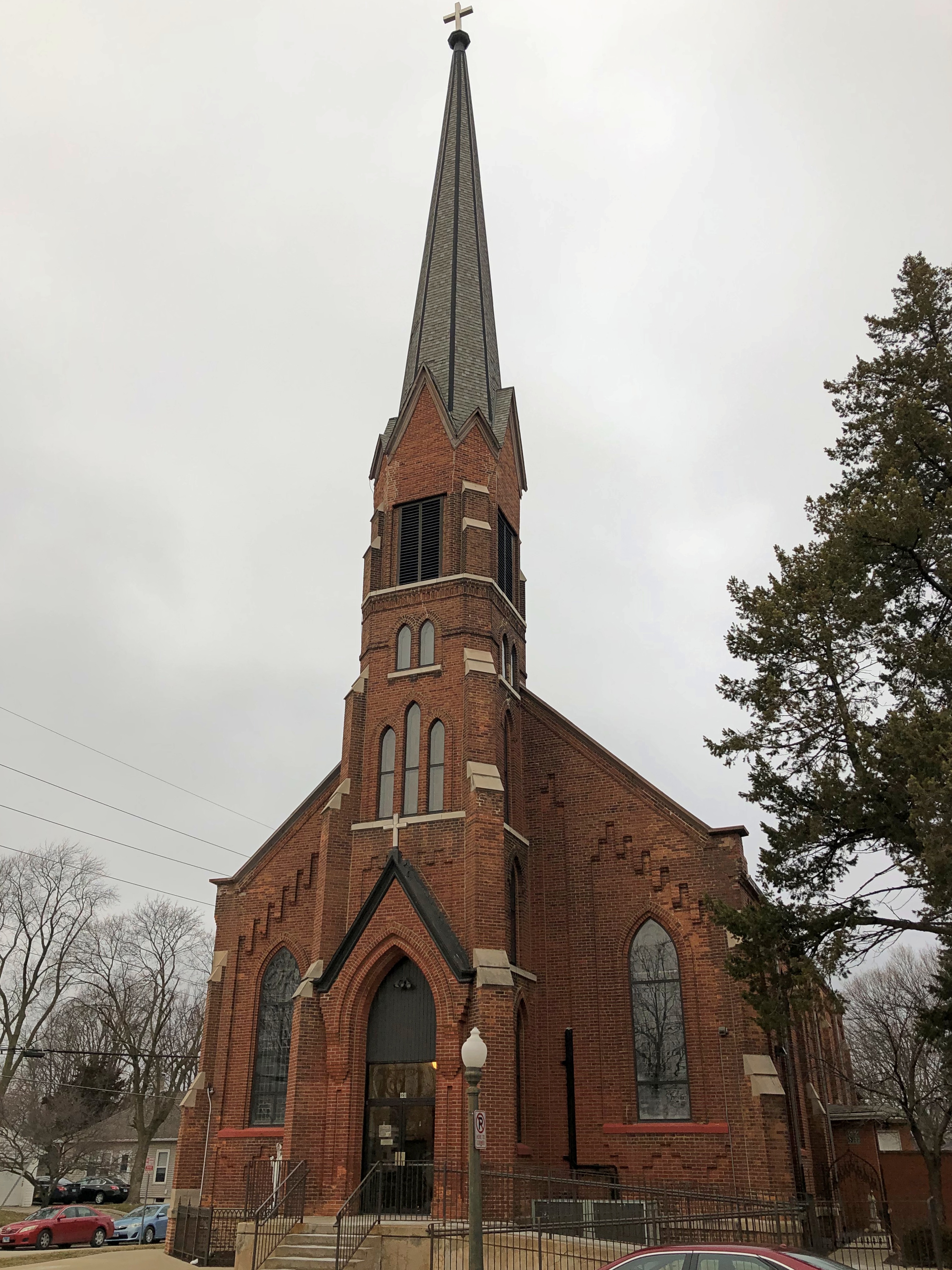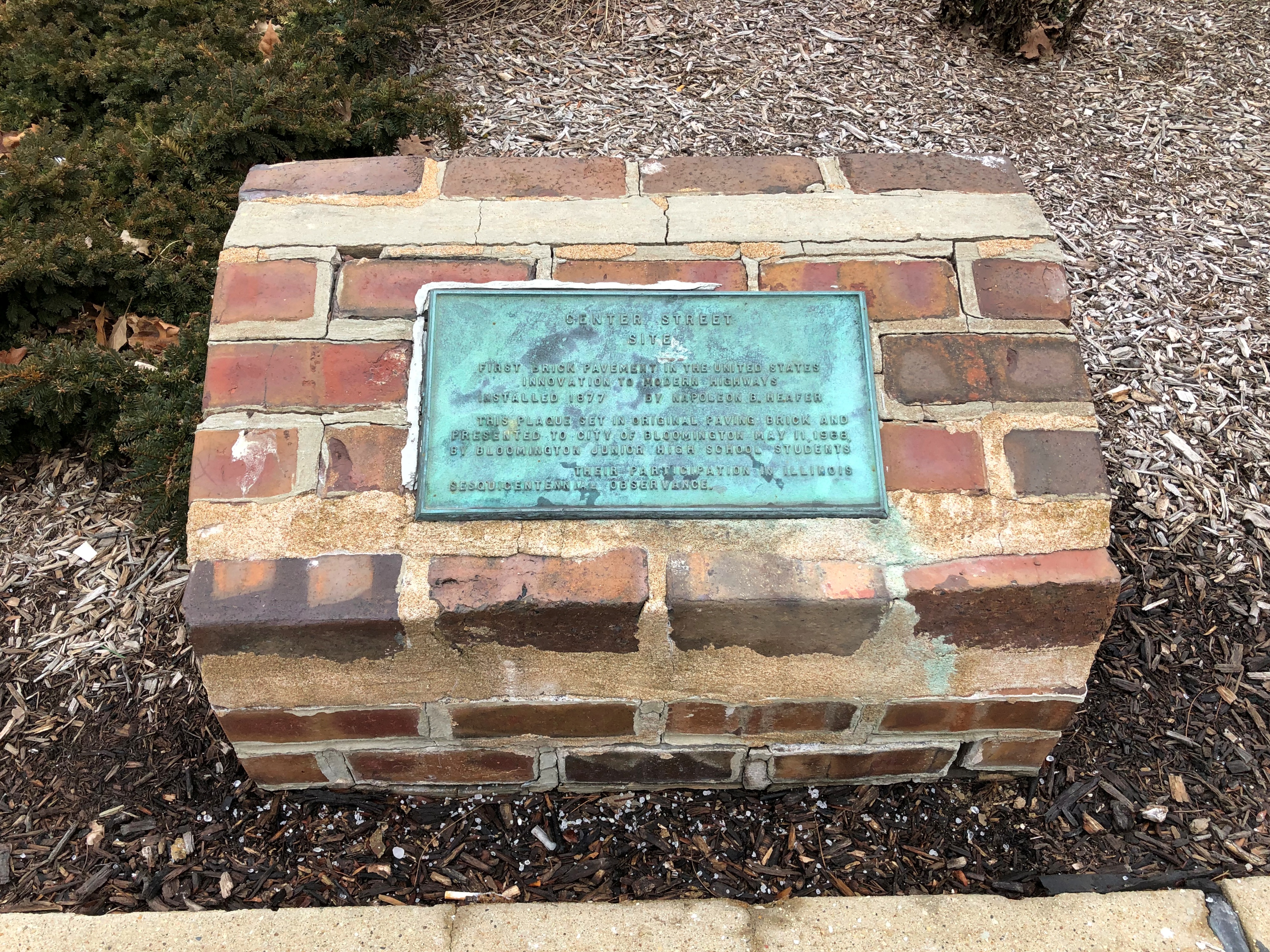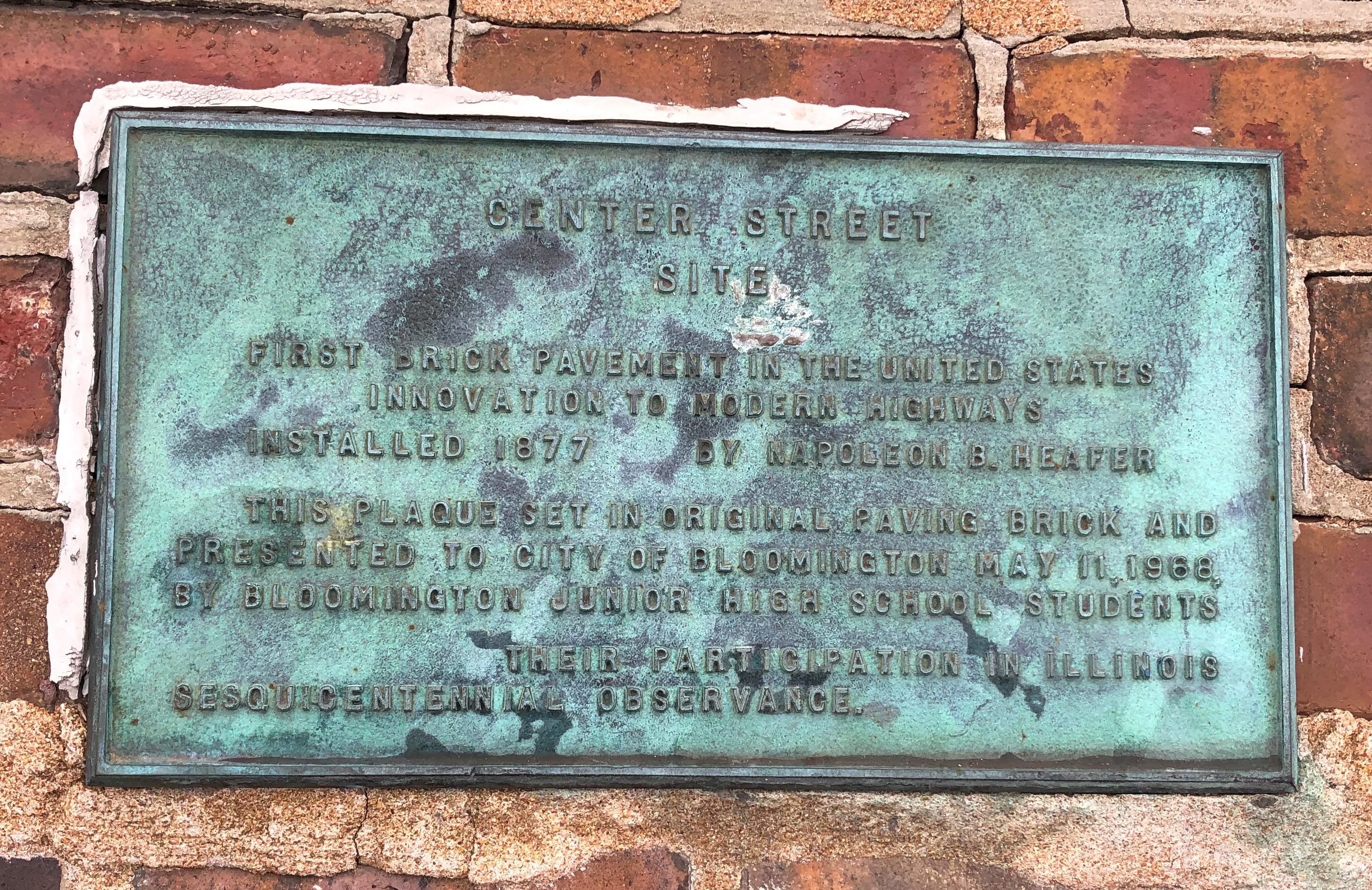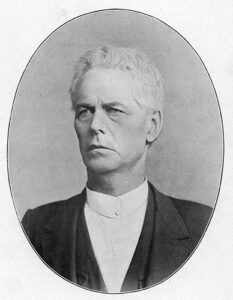This is the Fabyan Windmill in Kane County, near the Fox River.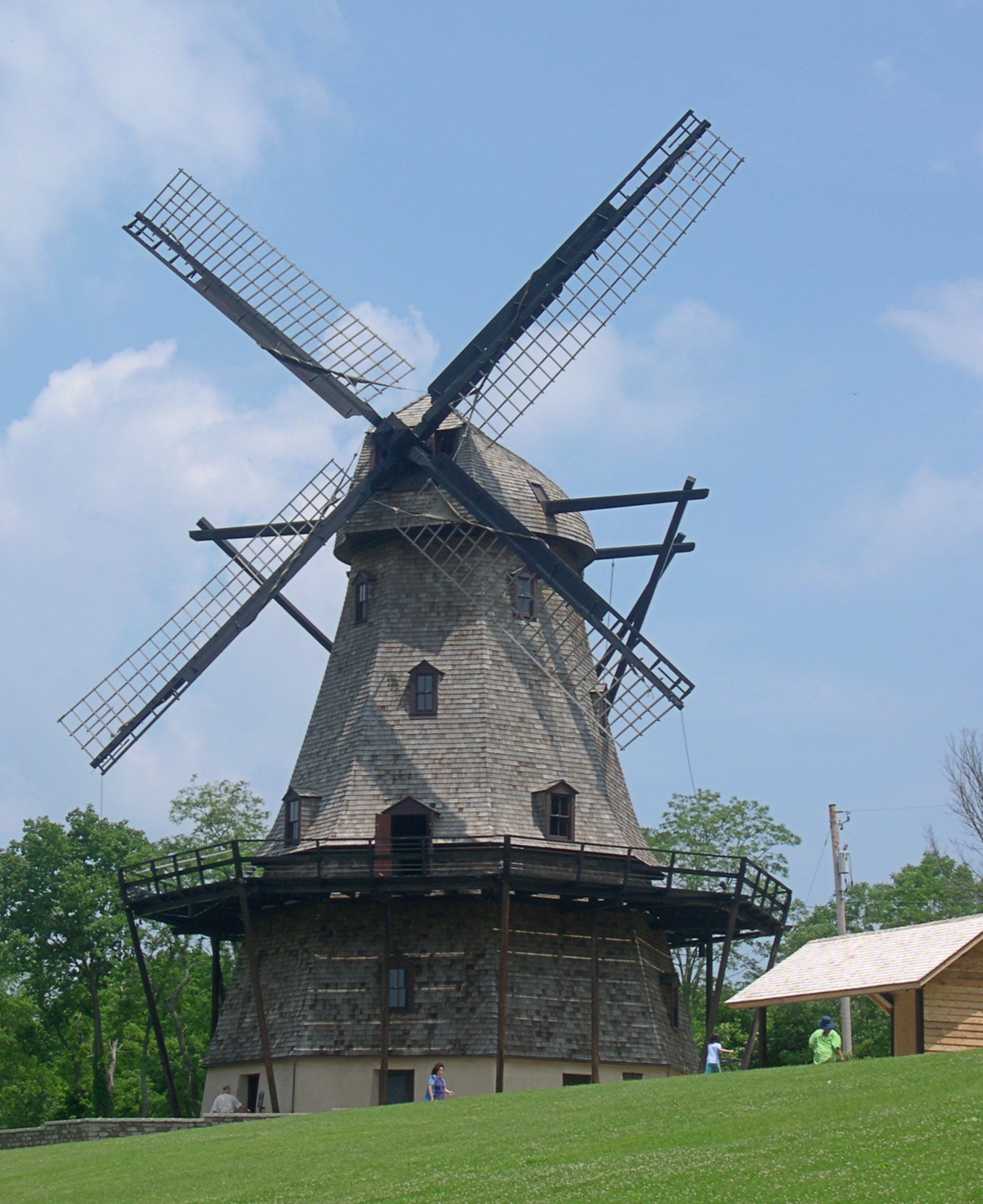
Nearly 15 years ago, we saw the Fabyan Windmill, which was brought to the site by the whim of a wealthy local resident years earlier. It’s still there. But we didn’t visit on Saturday, though it’s only a little north of where we went in Batavia.
We saw other windmills last weekend, all collected near the river in Batavia. None of them were Dutch-style. Instead, they were the kind you used to find, and still find, on North American farms and ranches.
Such as the Pearl Steel windmill, made ca. 1900 by the Batavia Wind Mill Co.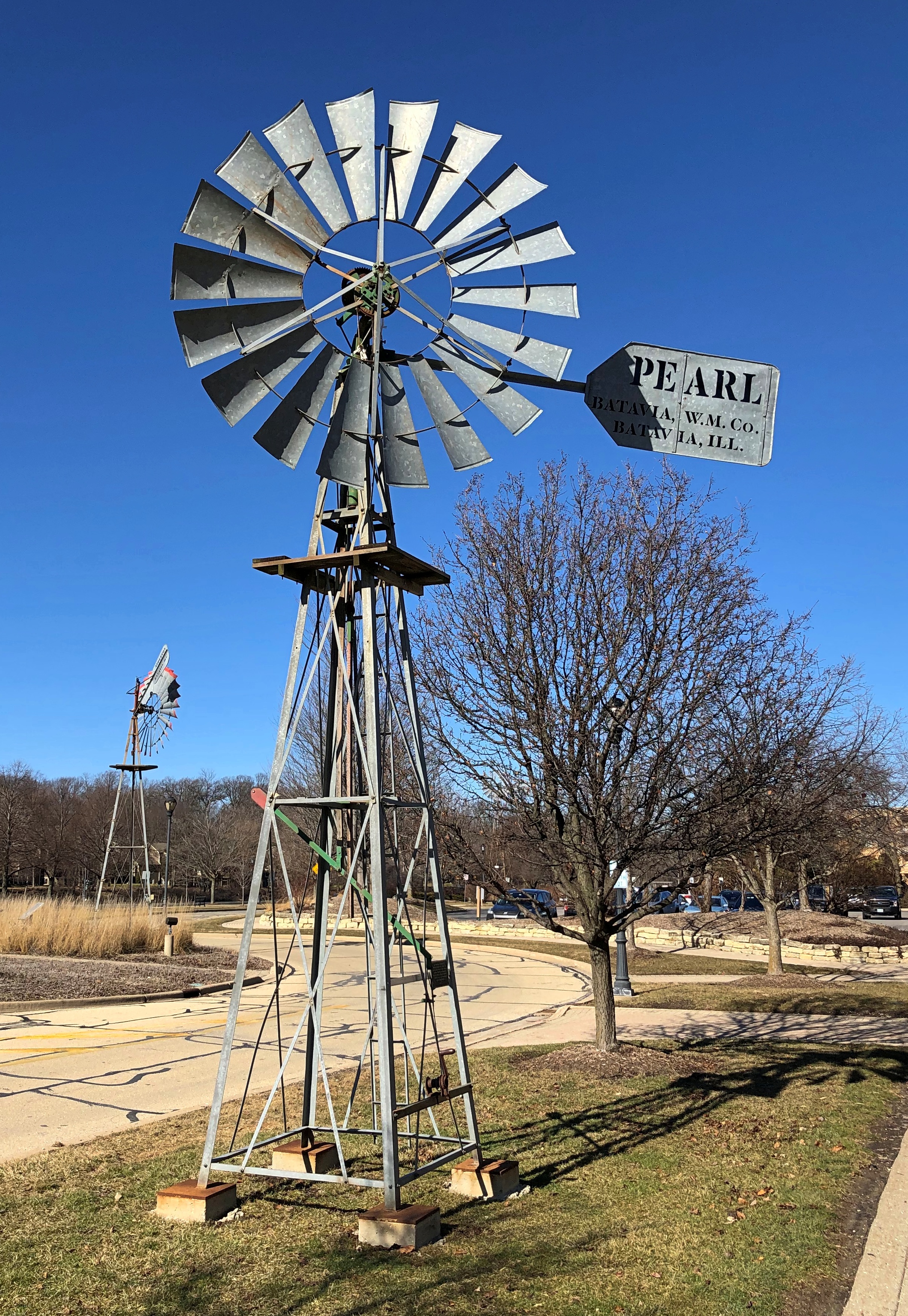
A plain sort of design. The people’s windmill, you might say.
In the late 19th- and early 20th centuries, Batavia was a hub of windmill manufacturing – a supplier of the technology to the nation. By mid-century, that was done, and Batavia moved past its windmill days until the 1990s. Then local citizens made an effort to find, acquire and erect Batavia-made windmills, mostly on the peninsula in the Fox River that we strolled around last weekend.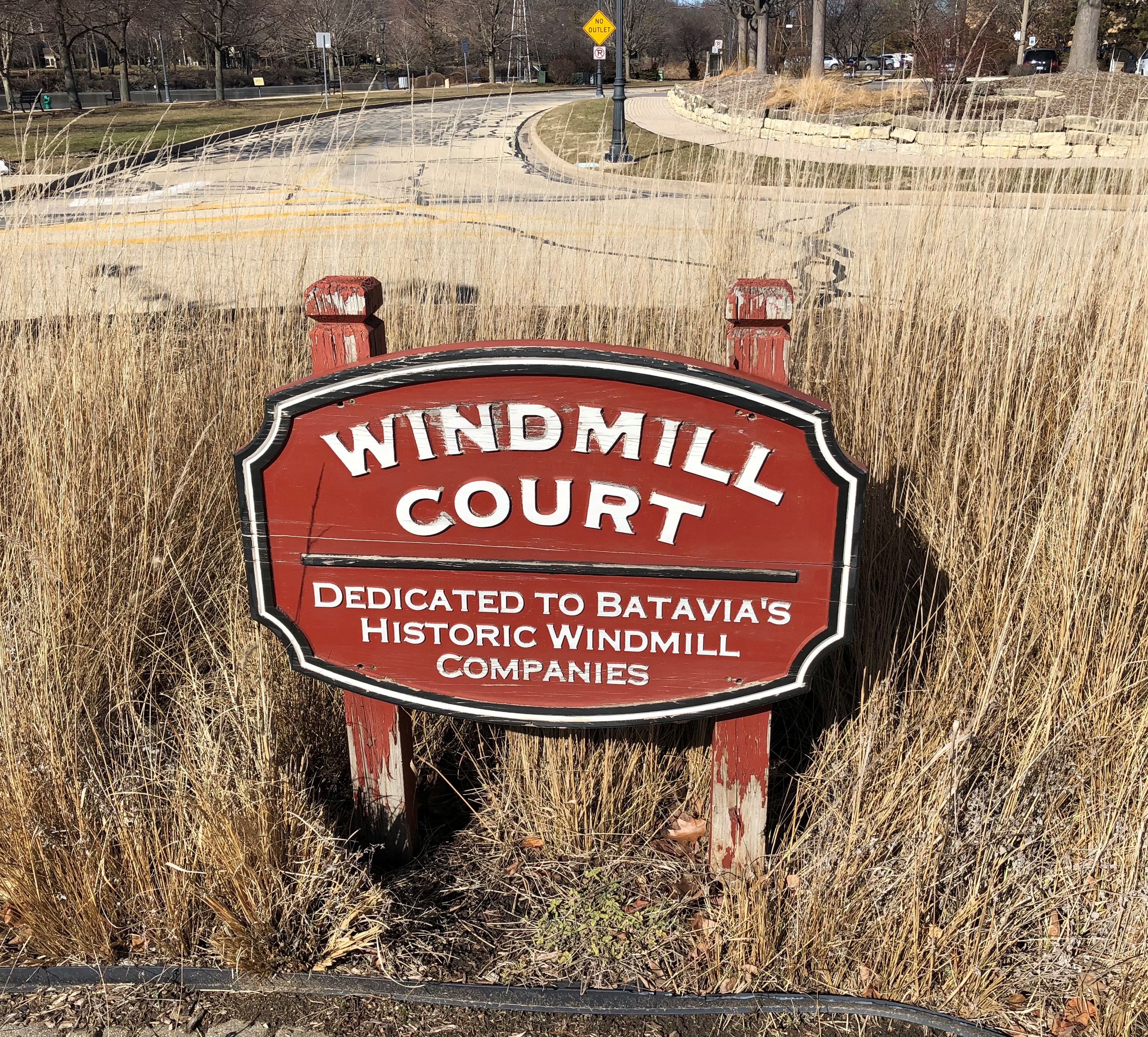
Another example: a Challenge Vaneless Model 1913 windmill. I like the floral aesthetics of this one. 

A Goodhue Special, Appleton Manufacturing Co., early 20th century.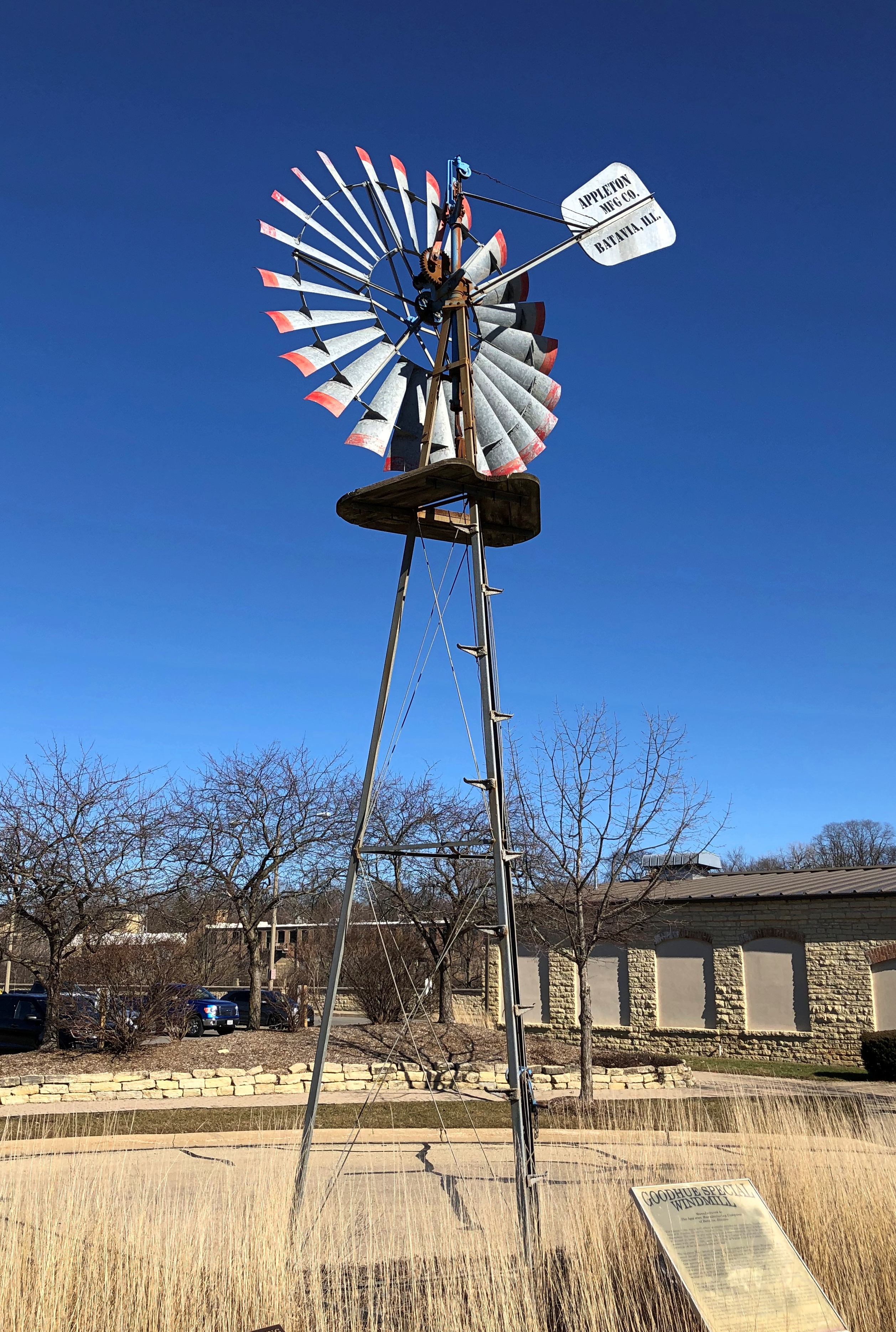
A Challenge 27 windmill, by the Challenge Wind Mill and Feed Mill Co., which is a later example (immediate pre-WWII years) and apparently a great success as a culmination of earlier cool Machine Age technology.
“As a self-oiling mill, the main casting served as its own oil reservoir,” the sign in front of the Challenge 27 mill explains. “Two large crank gears lifted the oil out of the reservoir and and carried it to both the pinion gears and an oil trough located at the base of the guide rods. From here the oil was lifted to lubricate the crosshead and then transmitted during every revolution of the wheel to the front main bearing under the wheel’s hub. From here, the oil flowed back to the reservoir through the force of gravity.”
Two more (among several others): Challenge OK Windmill, also by Challenge, but of less certain date, ca. 1900.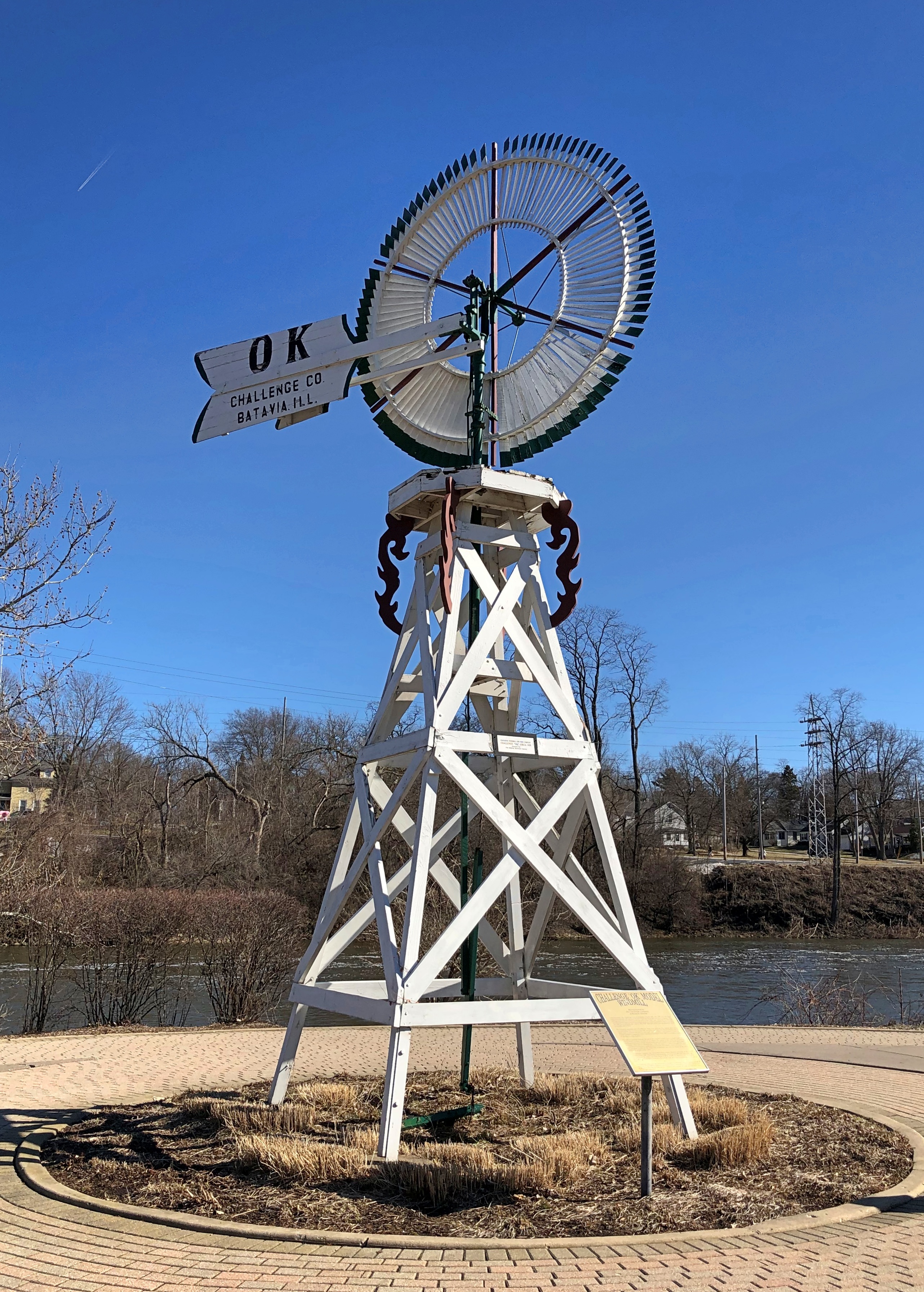
Early 20th century again, made by the U.S. Wind Engine and Pump Co.
Excellent restorations, though they seem to be fixed in place, and so don’t turn with the wind anymore. Probably a preservation strategy. Still, windmill enthusiasts (there must be some) are advised to visit Batavia, and also to take a look at this handy guide to the machines rising over park land in that village.
